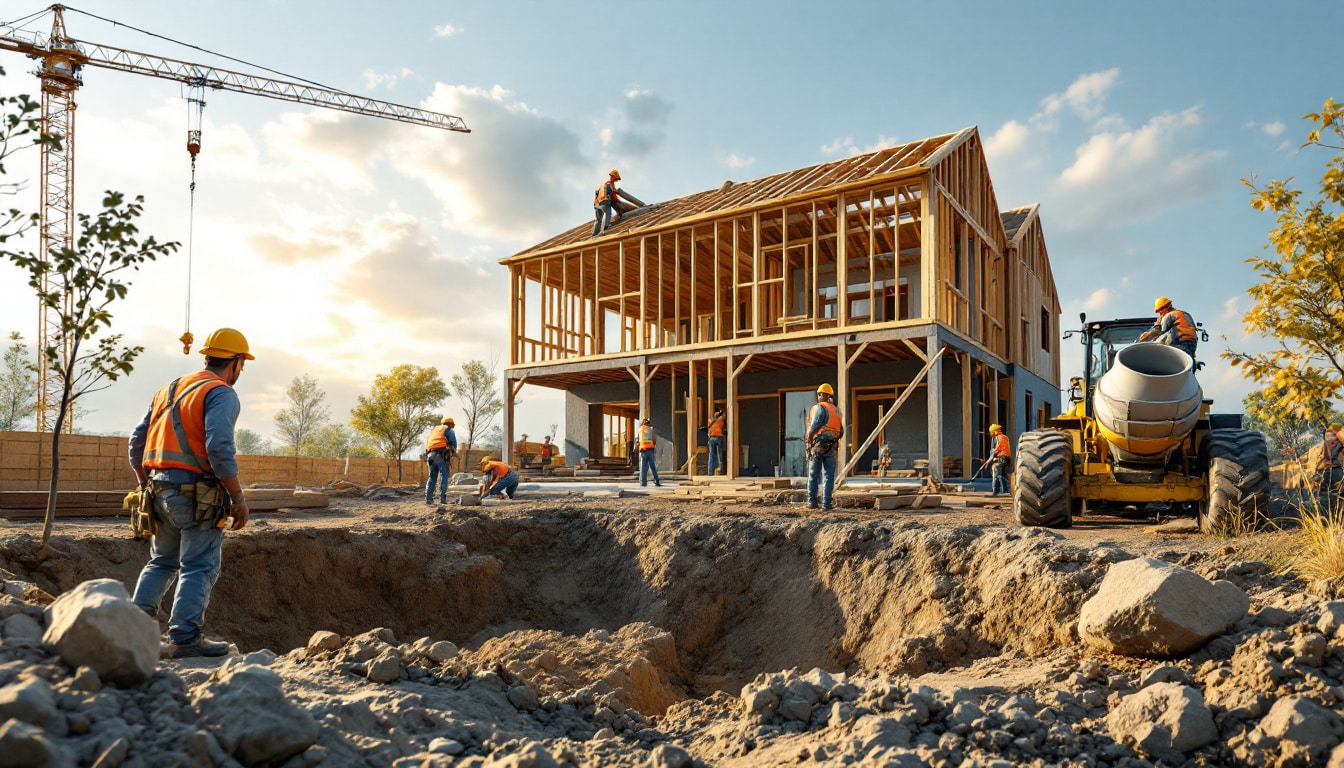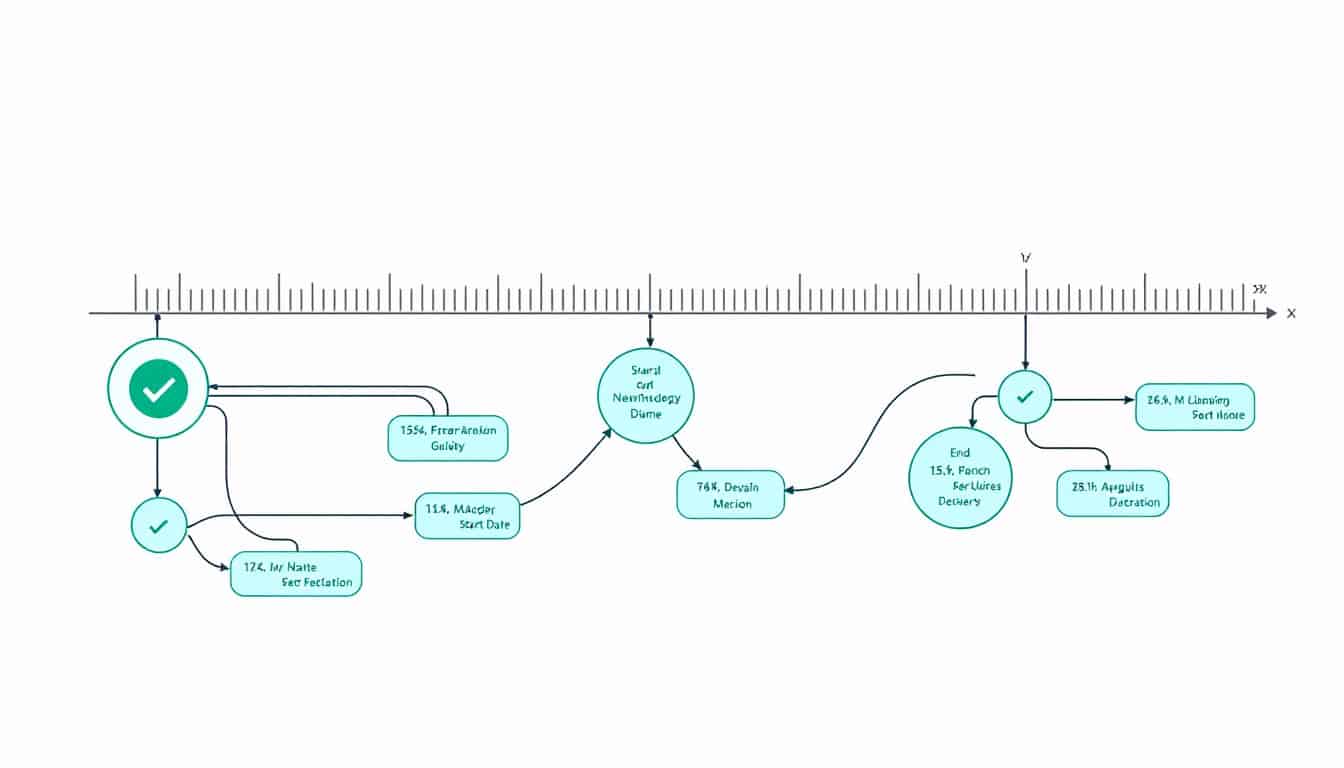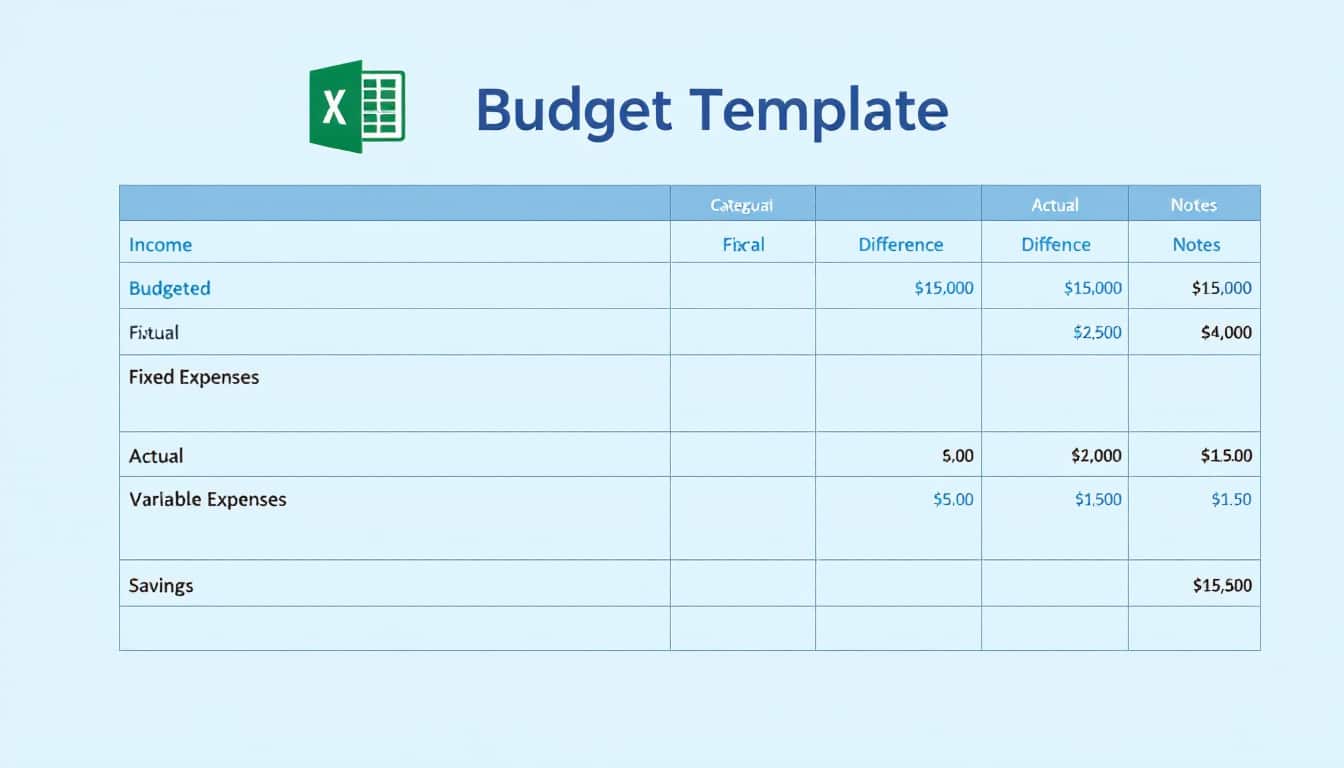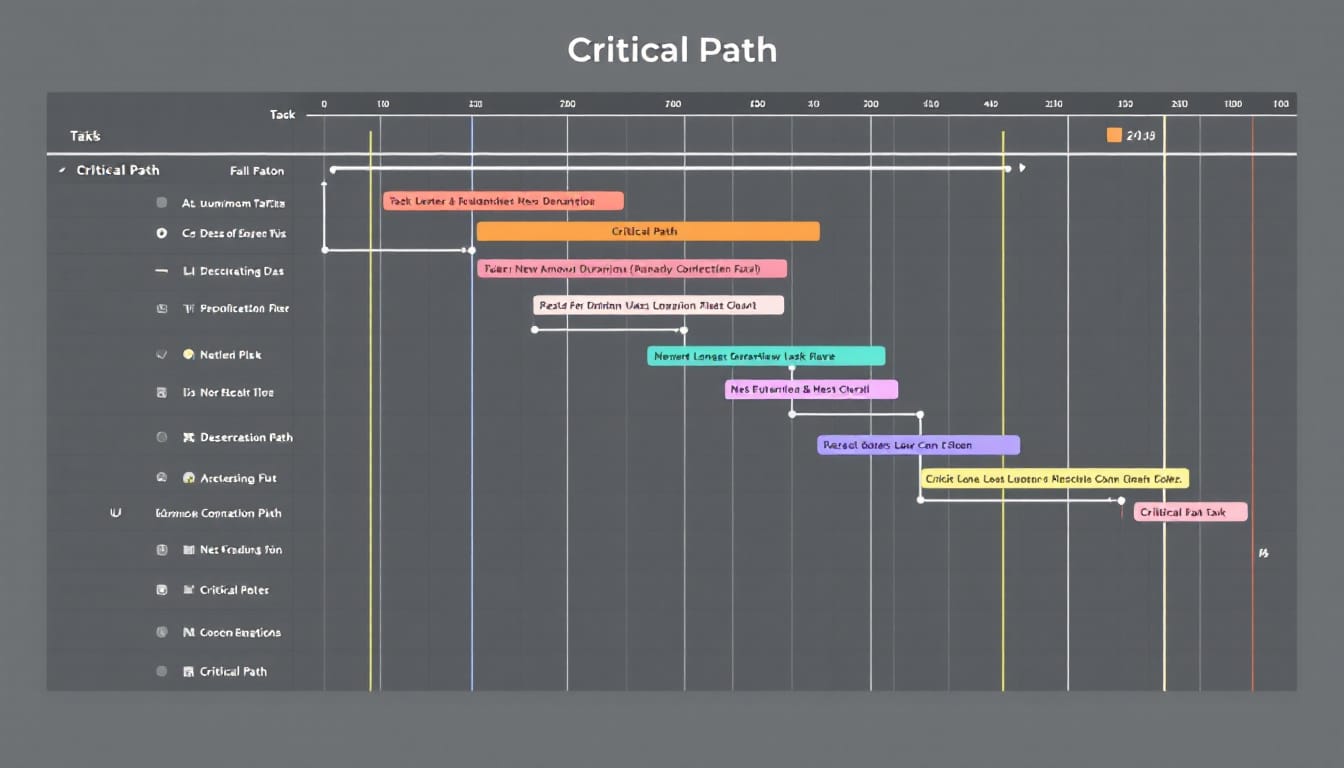Construction is a complex adventure where every detail matters.From the initial design to the final delivery,each step requires impeccable coordination.
Diving into the world of construction means navigating through a multitude of activities and professionals dedicated to creating sustainable and functional structures. Whether it’s a building, a bridge, or a roadway infrastructure, each project begins with a clear vision and develops through careful planning. Collaboration among architects, engineers, contractors, and other stakeholders is essential to ensure the success and quality of the final result.
🔥 Nous recommandons Ideamap
Ideamap est l’outil idéal pour un brainstorming ou un projet collaboratif. Grâce son interface facile et à ses fonctions IA, Ideamap booste votre créativité tout en favorisant une meilleure organisation de vos idées pour atteindre vos objectifs.
The construction process encompasses all phases necessary for erecting a structure. It begins with the initial concept and design, then progresses to realization and delivery to the client. Each of these steps requires specific expertise to ensure efficiency, safety, and compliance with established standards.
Steps of the Construction Process
The construction process is generally divided into several key phases:
- Preconstruction Phase: Definition of objectives, budget, and schedule. Development of plans by architects and engineers, obtaining necessary permits, and site analysis including topographic studies and environmental assessments.
- Site Analysis and Preparation: Clearing the land, excavation, and leveling to prepare the foundation of the structure.
- Foundation Construction: Excavation of foundations, pouring of concrete or using masonry to create a solid base.
- Structure and Framing: Erection of the main structure of the building, including walls, floors, and roofs.
- Enclosure: Installation of the roof, exterior walls, cladding, insulation, and windows.
- Systems Installation: Installation of HVAC, electrical, and plumbing systems by specialized subcontractors.
- Interior Finishes: Installation of drywall, flooring, painting, and decorative finishes.
- Postconstruction: Final inspections, site cleanup, management of occupancy permits, and delivery of the project to the client.
How to Manage the Construction Process?
Effective management of the construction process is crucial to ensure that projects are completed on time and within budget while meeting quality standards. This involves:
- Define the Scope of Work: Identification of specific tasks, deliverables, and project objectives in collaboration with stakeholders.
- Forecast Resources: Estimation of materials, equipment, and labor needed.
- Estimate Costs and Create a Budget: Calculation of total costs including materials, labor, equipment, and contingencies.
- Create a Construction Schedule: Planning tasks and milestones with tools such as Gantt charts.
- Risk Management Plan: Identification and mitigation of potential risks that could impact the project.
- Insurance and Quality Control: Definition of quality standards and conducting regular inspections.
- Change Management: Establishing a process to manage changes in scope, schedule, or costs.
- Daily Logs: Daily documentation of progress and incidents on the job site.
Who Participates in the Construction Process?
The success of a construction project relies on the collaboration of many professionals:
- Project Owner: Finances and defines the objectives, budget, and schedule.
- Architects: Design the plans and ensure they meet the client’s needs and standards.
- Engineers: Ensure structural safety and manage technical aspects.
- Site Supervisors: Coordinate daily operations and ensure deadlines and budgets are adhered to.
- General Contractors: Oversee the entire construction process and coordinate subcontractors.
- Subcontractors: Specialists responsible for electrical, plumbing, HVAC, etc. installations.
- Construction Workers: Perform the physical work necessary for the erection of the structure.
- Quality Inspectors: Verify that the work complies with plans and quality standards.
- Surveyors: Measure and mark the location of site elements according to plans.
ProjectManager Helps Manage the Construction Process
Managing the construction process may seem simple in theory, but orchestrating all components to deliver a project that meets expectations requires particular efficiency. ProjectManager is an award-winning project and portfolio management software designed to facilitate this task. It allows for task planning with powerful Gantt charts, coordination of teams via task lists or kanban boards, and keeping stakeholders informed through calendar views.
Robust Resource Management and Cost Tracking
With ProjectManager, managers can define team availability, balance workloads, and track costs in real-time. Secure time sheets simplify payroll and provide a clear visualization of labor costs, thereby ensuring budget compliance.
Real-Time Monitoring with Dashboards
Managers can monitor project progress using real-time dashboards, providing an overview of key metrics such as time, costs, and workload. Customizable reports allow for in-depth data analysis and easy sharing of progress with stakeholders.
ProjectManager connects teams, whether on-site or in the office, facilitating file sharing, comments, and notifications for a smoother, more collaborative project management experience.

“`html
Understanding the construction process
The construction process is a series of coordinated activities aimed at erecting structures such as buildings, bridges, or roadway infrastructures. This process includes several phases, from the initial idea to the final handover of the project. Each step is crucial to ensure the overall success of the site, respecting deadlines, budget, and quality standards.
The success of a construction project relies on meticulous planning and effective resource management. Indeed, many stakeholders are involved, including architects, engineers, contractors, and suppliers, each bringing their specific expertise. A deep understanding of each phase allows anticipating challenges and implementing appropriate solutions.
To optimize the management of your project, the use of project management software such as ProjectManager can prove essential. These tools facilitate task coordination, cost tracking, and communication among the various stakeholders, thus ensuring a smooth project execution.
The preconstruction phase: defining objectives and planning
The preconstruction phase is essential as it establishes the foundations of the project. During this period, objectives, budget, and schedule are defined with precision. Architects and engineers work closely together to develop detailed plans, integrating client requirements and regulatory constraints.
This step also includes conducting site analyses, such as topographic studies and environmental assessments. These studies help determine the project’s feasibility and identify any potential obstacles to overcome. Thorough planning from the outset reduces the risks of delays and additional costs later on.
For optimized management of this phase, consulting resources like How to develop the activity plan of a project is strongly recommended. These guides provide practical advice for effectively structuring your project from the outset.
Site analysis and preparation: key steps
Once the planning phase is complete, it is time to move on to site analysis and preparation. This step involves cleaning the land by removing vegetation, debris, and existing structures. Excavation and leveling of the ground are crucial operations to ensure a stable and secure base.
Site preparation also includes the installation of necessary temporary infrastructures for the smooth conduct of work, such as sanitary facilities, access routes for machines, and material storage areas. Proper site preparation helps to prevent delays and ensure worker safety.
To learn more about best practices in construction site management, check out sustainable practices in construction, which details ecological methods and suitable materials for responsible construction.
Foundation construction: a solid base for your project
The foundation construction is one of the most critical stages of the construction process. It ensures the stability and durability of the structure in the long term. Foundation types vary according to the nature of the soil and the specific requirements of the project, whether they are shallow or deep foundations.
During this phase, contractors excavate trenches for the footings and piles, then pour reinforced concrete that will form the base of the construction. It is essential to conduct thorough soil tests to ensure the foundation will withstand the expected loads and environmental conditions.
The use of cost management software can significantly ease this step. For instance, optimizing cost management is essential to avoid budget overruns and ensure effective allocation of financial resources.
Building the structure: framing and walls
Once the foundation is in place, the next step is the building of the structure. This phase involves constructing the walls, floors, and roof, forming the skeleton of the future structure. The materials used, such as concrete, steel, or wood, must be chosen according to technical specifications and aesthetic requirements of the project.
Coordination among different teams, including masons, carpenters, and metalworkers, is crucial to ensure smooth progress of work. The use of Gantt charts in management software like ProjectManager allows for precise planning and tracking of each task, thus avoiding delays and costly mistakes.
Moreover, safety on the job site must be a top priority. Strict procedures and regular inspections ensure that safety standards are met, thus protecting workers and preventing accidents.
Systems installation: plumbing, electricity, and HVAC
After the main structure has been built, it is time to install the various systems essential for the operation of the structure. This includes plumbing, electricity, and heating, ventilation, and air conditioning (HVAC) systems. These installations must be carried out with precision to guarantee their efficiency and compliance with regulations.
Specialized subcontractors handle these installations, coordinating their efforts with the rest of the construction team. Effective management of these systems is crucial to avoid future issues and ensure occupant comfort. The use of project management software allows for tracking the progress of installations and managing interactions between different systems.
To deepen your knowledge of building systems installation, visit the advantages of using a dashboard, an indispensable tool for supervising and optimizing these complex installations.
Interior and exterior finishes: the details that matter
Once the systems are installed, the finishing phase begins. This step includes the installation of flooring, painting, installation of windows and doors, as well as the placement of decorative elements. Interior and exterior finishes are determinant for the final appearance and functionality of the structure.
Finishes must be carried out with care to guarantee a harmonious aesthetic while adhering to quality standards. The use of high-quality materials and appropriate finishing techniques contributes to the durability and visual appeal of the construction. Furthermore, good coordination between finishing teams and other trades ensures a smooth integration of the different elements.
To inspire your finishing choices, consult resources like sustainable materials, which offer ecological and aesthetic solutions suitable for various projects.
The postconstruction phase: inspection and delivery
Once the work is completed, the postconstruction phase begins. This step is crucial to ensure that the structure meets all established requirements and standards. Thorough inspections are carried out to verify the quality of the work, compliance with plans, and safety of installations.
After inspections, a list of pending issues is often established to identify and rectify any minor or unfinished tasks. Once these items are resolved, the site is thoroughly cleaned to prepare for the final delivery to the client. This delivery often includes the handover of documents such as warranties, maintenance schedules, and updated plans.
To ensure effective management of this final phase, the use of project management software is recommended. Tools like ProjectManager allow for precise tracking of the final stages and ensuring that all client requirements are fully met.














